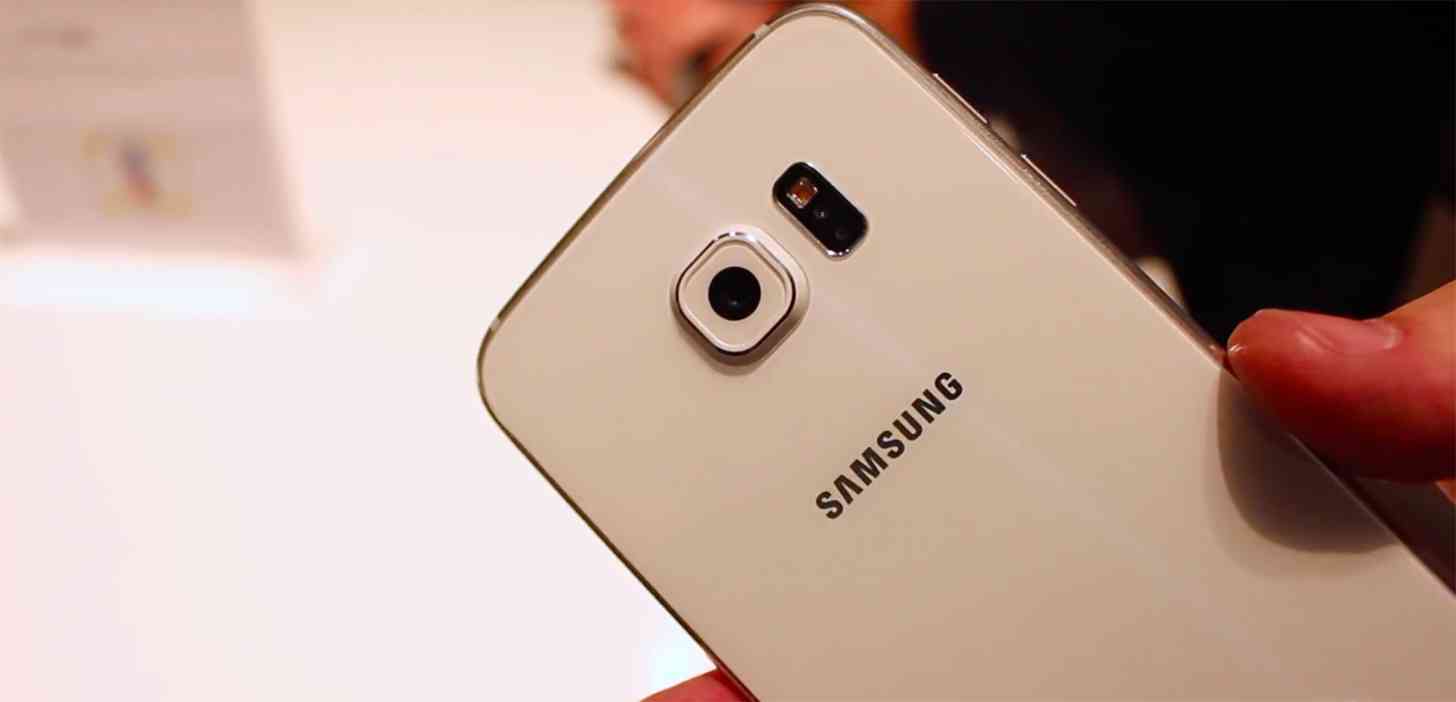
For a lot of us, the days when manufacturers would launch what felt like 250 handsets a year (a slight exaggeration) is still too close for comfort. Choice is great, but it’s pretty quick to get to overkill, and it’s good to see companies like HTC, LG, and even Motorola tone things down a bit.
Samsung even managed to scale back quite a bit, even if the company still has no hesitation about launching variants. This year the company managed to launch quite a few phones, even if we’re just looking at the flagship models.
It started with the Galaxy S6 and Galaxy S6 edge, and then the Galaxy S6 active came a little while later. Eventually Samsung would get around to announcing the new Galaxy Note 5, but at the same time the company also unveiled the Galaxy S6 edge+. Each of the handsets take note of Samsung’s new design decisions, with metal bodies and a more premium look and feel, which is a nice change of pace from the designs of old.
Yes, the new Samsung-branded devices lost features, including removable batteries and microSD card slots, but it always felt like that was inevitable. Considering the feedback that Samsung received from potential buyers, and perhaps even people who intended on buying a new device but went with something else due to the changes, I can’t help but think that something changes next year.
In any event, Samsung launched plenty of options, and there’s plenty to like. I saw quite a few people note that they preferred the Galaxy S6’s camera over even the iPhone 6’s shooter, for example, so there was obviously noteworthy upgrades in there.
And yet, it’s hard to argue that Samsung’s not really in the same place they used to be.
The manufacturer was unarguably the brand that people associated with Android for quite some time, and, to a lesser extent, probably still is. But everything is eventual, and Samsung’s time at the top seems to be waning.
That probably has just as much to do with Samsung’s design decisions, both in hardware and software, as it does with the fact that other companies aren’t slouching anymore. HTC, while hitting a bit of a roadblock with its M9, found some solid footing with the launch of its One series, and that’s probably going to be the case again in 2016 and whatever new device they announce.
LG? Well, LG has the G4, and that deserves every accolade it’s picked up since it launched earlier this year. As I’ve said in the past, it’s my favorite Android phone of the year and I don’t see that changing, even with new Nexus-branded handsets on the way. Oh, and the G4 has a removable battery and a microSD card slot!
Motorola, OnePlus, and others are creating handsets that are worth having, and it is becoming increasingly more difficult to simply say “this company is the best.” Samsung may have never been the only option when it came to Android devices, but considering the lead that Samsung had on the competition, one couldn’t be blamed for thinking that was the case.
So, my question for you is this: If Samsung is slipping from the top of the Android mountain, who is going to take their place?